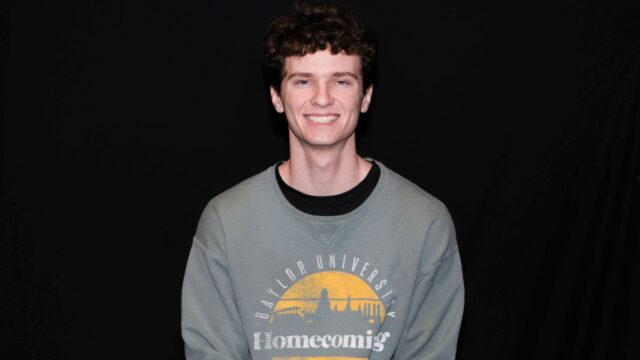By Josh Siatkowski | Staff Writer
Social media giant Snapchat released an ad for the 2024 Super Bowl in which it called for “less social media” and “more Snapchat.” Let’s face it: It’s just one of the app’s many tricks meant to keep turning your mindless scrolling into billions of dollars.
If you were one of the 123 million viewers of the Kansas City Chiefs’ overtime win in the 2024 Super Bowl, chances are you had a couple favorite commercials. Your list may include Michael Cera’s comical role in skincare company CeraVe’s ad or, for sport lovers, Lionel Messi’s cameo in Michelob Ultra’s commercial.
Whether these ads topped your list or not, I can safely predict that Snapchat’s probably didn’t. The two-minute video, when compared with the gimmicks of other big companies, seems forgettably wholesome. But Snapchat’s Super Bowl ad is just another deceptive tactic from a big media company that tricks its users into spending even more time on an addictive app.
The ad begins by highlighting the typical issues of feed-based media apps like Instagram and TikTok: the longing for validation through likes, the fabricated personas of influencers, the abundance of hatred that is posted daily and, most importantly, the endlessness of it all. The ad climaxes with the screen rapidly filling up with the word “more,” symbolizing the millions of us who have caught ourselves shamefully scrolling.
The ending of the ad suggests that Snapchat is a healthy alternative to these apps, claiming that Snapchat has “less influencers” and “more privacy” while being “more human.” It ultimately calls on viewers to swap feed-based apps for Snapchat, closing the commercial with these words:
“Less social media. More Snapchat.”
Snapchat’s attempt to distance itself from mainstream social media is a dangerous lie. Let’s start with Snapchat’s claim to being “more human.” For an app that has hundreds of subtle filters and lenses meant to provide inconspicuous facelifts to its users, calling the stuff we see on Snapchat “more human” is an incredibly bold claim.
Snapchat also said it has fewer influencers. This is another lie, and it’s proven by just a short scroll on Snapchat’s stories page. The page is full of hundreds (even thousands, if you scroll far enough) of posts from people with fake faces and stars next to their names — the marker of a verified influencer.
Finally, Snapchat claims that, unlike other apps, it doesn’t pressure users to endlessly scroll through content or waste time on the app. This is also completely false. The already-mentioned stories page contains a bottomless feed with an algorithm meant to pump out the content its users want. Snapchat was impressively lying, not just once, but twice here. The spotlight feature, released in 2020, provides yet another TikTok-like feed of short videos designed to keep its users on the app.
These content feeds are just the tip of Snapchat’s addiction iceberg too. The streak feature is designed to pressure users into sending Snaps to their friends every day, and more recently, Snapchat added an update that pops up posts from influencers (which Snapchat claims aren’t on the app) while users are tapping through the stories of their friends.
These falsehoods are all made even worse by the fact that the people at Snapchat know exactly what they’re doing. They’re not trying to create a healthier, more human version of social media; if they were, they wouldn’t employ all these addictive features. Rather, Snapchat’s Super Bowl ad is nothing more than a lie meant to trick its users into spending even more time on the app.
Now, Snapchat and other social media aren’t all terrible. I, along with all of my friends, use these apps to stay in touch often. The problem is that these apps are addictive, and it’s hard enough to limit our time on social media when we know this is true. But when ad campaigns like Snapchat’s come out trying to convince users that they aren’t trying to keep them scrolling, it becomes even more challenging to limit ourselves.
So the next time you see a social media ad trying to tell you that an app is somehow different or less harmful than other apps, remember these companies make their billions off of your usage time, and they won’t stop at addiction to make sure you keep scrolling.
As Netflix’s documentary “The Social Dilemma” puts it:
“When the product is free, you are the product.”



